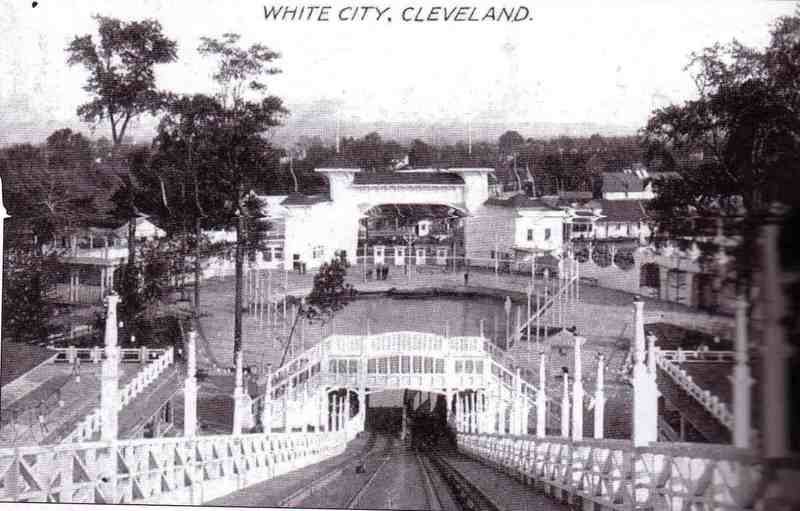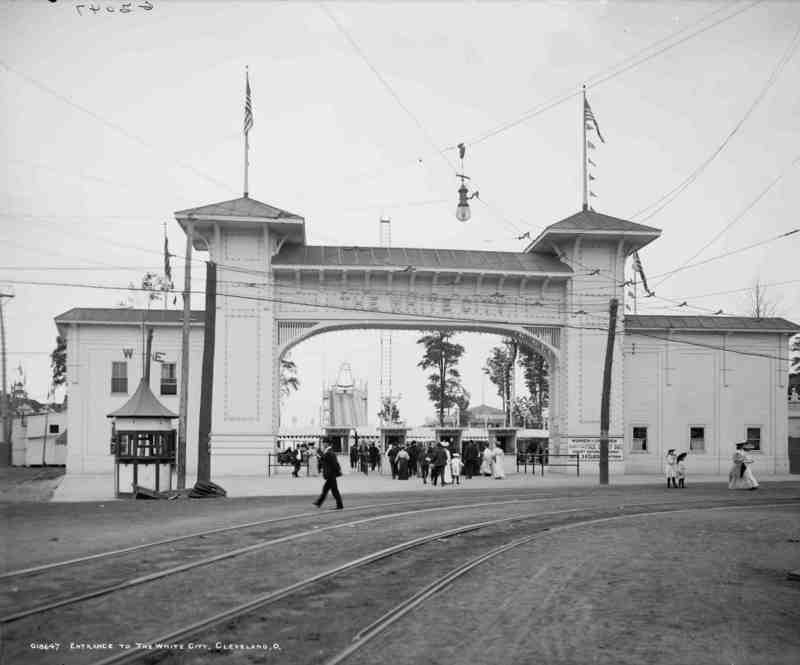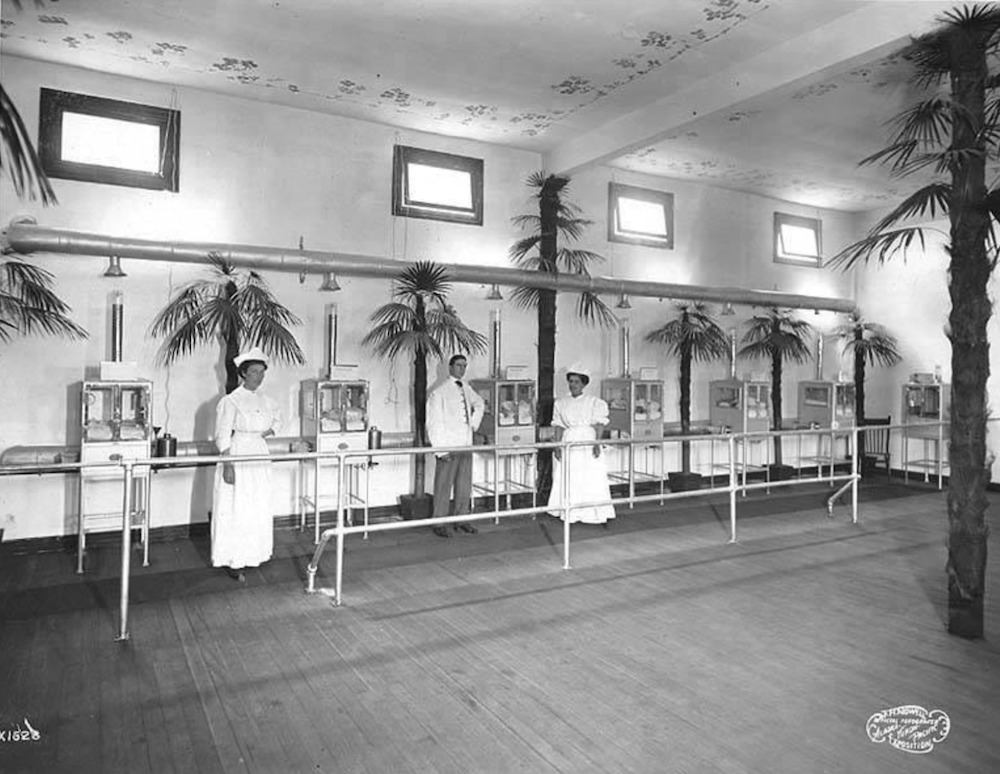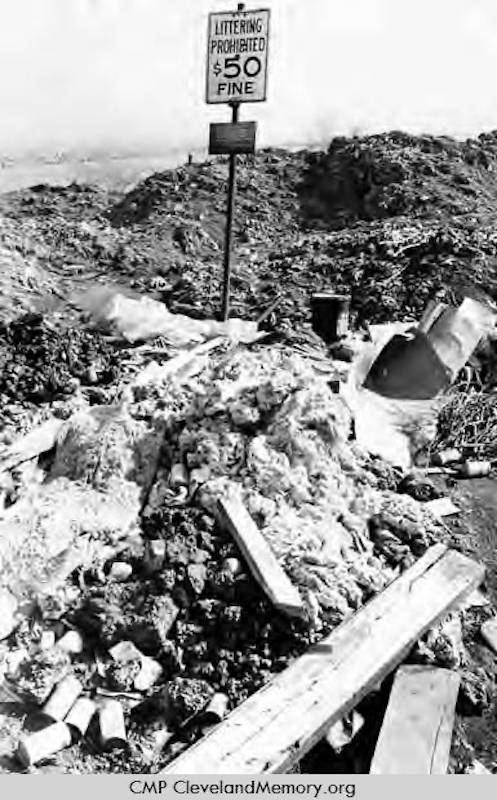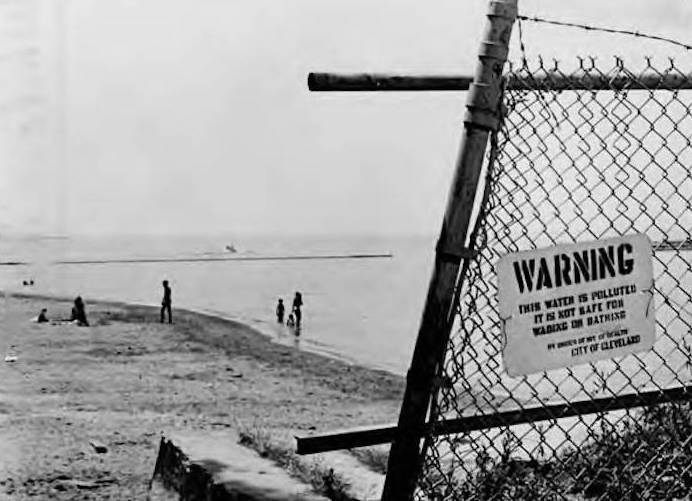White City Park
Entertainment, Amusement, and Leisure on the Lake Erie Shore
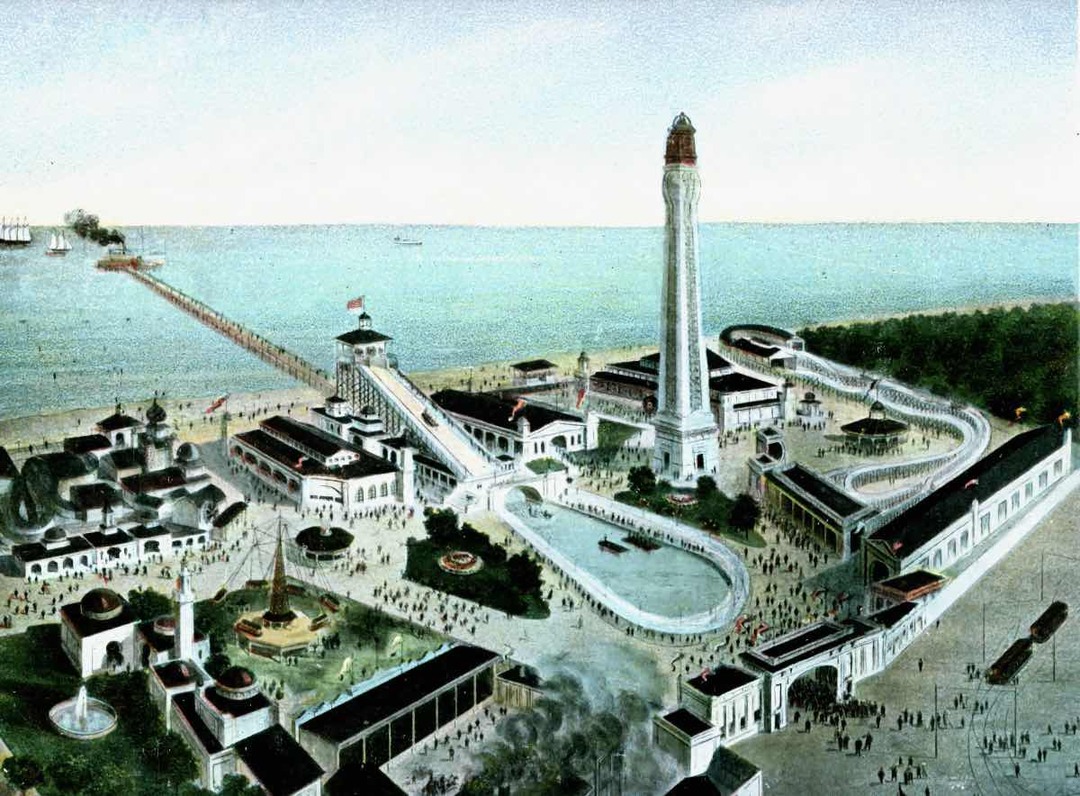
White City was noted for its amusements, attractions, and recreational activities as businessmen and politicians commanded its fate for more than a century in a growing and prospering city.
During the 1970s the area that now occupies the western edge of Cleveland’s Easterly Wastewater Treatment Plant was still known as White City Park. The tract of land bordered by Bratenahl Village to the west and the city sewer authority property to the east existed as a public park in various incarnations since 1900. Lake Shore Boulevard bounded its entrance to the south at East 140th Street in Collinwood Village (later annexed by Cleveland). The park's lakeshore was attractive to swimmers, fishermen, and boaters for the rest of the 20th century. White City Park has shared several names and faces over the past century.
The 1.5-mile lakefront area to the east of Bratenahl Village was originally known as Manhattan Beach and is still informally named that today. The “White City” space noted above was first cited in the Cleveland Plain Dealer in June 1900 as Manhattan Beach Park in announcements of fraternal organization and secret society gatherings. The park also hosted baseball, bowling, a dance hall, entertainment, and a bathing beach. Its entertainment value to the Collinwood Village neighborhood was evident with the newspaper announcements and stories of daily activities and events at the park from 1900 to 1904. One socio-political dispute played out in the park and among its nearby neighbors. The Beal Law provided local options concerning alcohol sales and consumption. The dispute between the ‘wets’ and the ‘drys’ in the Collinwood community carried on for years. Undercover detectives were dispatched to the area in and around Manhattan Beach Park to ensnare alcohol salesmen for the Collinwood Mayor’s court. Repeated polling switched the wet-dry rules three times between 1902 and 1908 prior to Collinwood’s annexation into Cleveland in 1910, but stories abounded about the behavior in the neighborhood. Edward C. Boyce purchased Manhattan Beach Park early in 1905 with the intent to further develop it into an amusement park.
In the golden era of Cleveland’s amusement parks, White City Amusement Park was one of many built to compete with the most successful of them all, Euclid Beach Park, about a mile east on the lake, and was even served by the same streetcars. The two parks became common destinations for a day’s outing for the few seasons that White City Park and Euclid Beach Park were neighbors. White City Park shared a common design with the famous New York-based Coney Island. Ed Boyce, an owner of Coney Island’s Dreamland Park, adopted its concepts to build White City Park. The general idea was to bring in attractions, entertainers, and celebrities to draw people to the park. The Park was built in eleven weeks and featured a boardwalk, Shoot the Chutes, the Bostock Animal Show, Bump-the-Bumps, a scenic railway, and a midway which featured Drs. Couney and Stewart’s infant incubator hospital. About 20 premature babies, referred by Cleveland area physicians, were under care and on display as the best and most promising hope for infant survival. The first ‘resident’ arrived in June 1905 in time for the Park’s opening. The hospital gained local notoriety with full capacity and subsequent reunion celebrations in years to come.
Cleveland, however, suffered from a lack of star power and the Dreamland concept was less than successful. Unlike Euclid Beach, White City Park charged an admission fee, which hurt its business. After a fire burned down over half of the park in 1906 and a windstorm caused severe damage in 1907, the owners had been through enough. White City Park was closed in 1908 after only four years in operation. In 1909, new owners reopened it as Cleveland Beach Park to host local gatherings, much like Manhattan Beach Park did earlier in the decade. Between 1909 and 1911, investors and managers combined to rename attractions at White City. The Cleveland Trust Co. foreclosed on the property, a sheriff’s sale ensued, and M. F. Bramley bought White City land and Luna Park with the intention to manage several amusement parks in the region. He remodeled the property once more as Bay Park [Amusement Co.] in 1911, just barely long enough to be noted on some local maps. The company ceased operations within two months, spelling the end of amusement park activity.
The next several years saw White City revert to ‘city park’ mode with accommodations for picnic and game grounds and beach access. Much of the news concerning the area was devoted to the development of the adjacent sewage treatment plant serving Cleveland’s east side. Later in the decade, the grounds were devoted to stables and drill and practice by National Guard troops training for threatening World War I border duty.
Through the ensuing decades, the city of Cleveland maintained the park for swimming, fishing, and boating under the auspices of the White City Yacht Club and the Northeast Yacht Club despite occasionally dangerous water quality conditions created by the neighboring sewage treatment facility’s deficiencies. The constants which remain today through the evolving story of Collinwood’s northwestern shore, then and 100 years hence, are White City Park and the Manhattan Beach neighborhood.
Images




